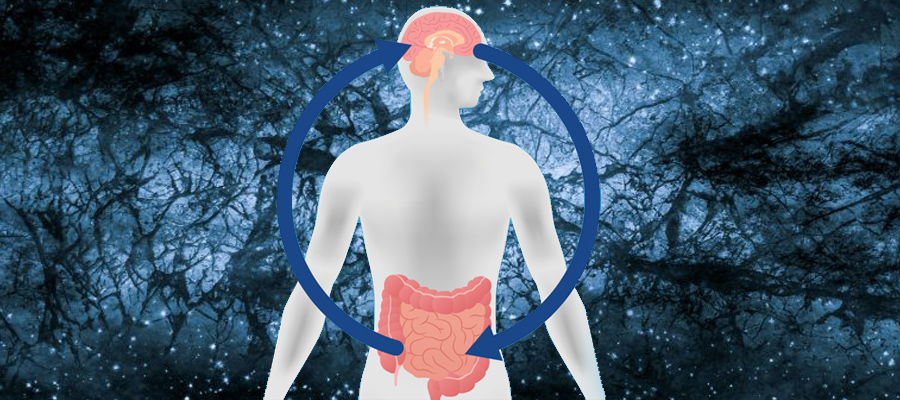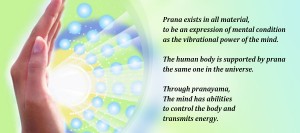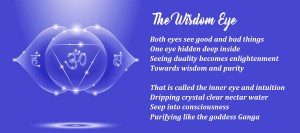Inner Contemplation (Observing thoughts and feelings)
Contemplation is defined as an inner vision with a spiritual component – or even mystical awareness. If we are stressed, we are overwhelmed by stress and cannot achieve this inner contemplation.
Pay attention to what we think when we undergo training? How do we direct the mind to be on a higher level?
Thought thoughts of well-being and sent good wishes for what arose… and on the other hand don’t blame yourself. We tend to blame ourselves for interrupted yoga practice. If you have ‘bad’ thoughts, don’t beat yourself up like one more thing that gets us into trouble – see how we can turn those thoughts into something positive. Then send a little love to yourself because we are human and everyone has negative thoughts that come and go.
Our bodies are very sympathetic, when there is a stressful thought or a physical problem, our body immediately responds by increasing blood flow, neuron flow, etc. to that area – or the area “connected” to our thought patterns. In the short term, this doesn’t cause a problem – but in the long run, the body is very sympathetic… it will drain itself to “fix” the situation.
At the point of our suffering, if we can take control of our thoughts and direct them in a more useful way, the body will stop being sympathetic so as not to drain other systems or build up too much tissue in an area.
Our bodies do not have unlimited energy to handle every system of the body during the day. Instead our bodies move energy where we need it. During this process some of the body’s organs and systems may be lost for a period of time – if it’s short, that’s fine. If there is an increased or prolonged demand for energy in one area or system, the other system will begin to deplete.
Where are our emotions stored?
Our emotions occur everywhere in our bodies at the same time. Emotions can exist in our digestive system, immune system and endocrine system. This system spreads throughout the body as do our emotions.
When we are triggered by an event, we feel it all over the body; our hands may tremble, our heart rate increases, knees weak, stutter or have difficulty speaking words, etc. Emotions are all over our bodies at the same time.
What emotions do we put into the body?
We store a lot on the network. This is why the movements and breathing exercises of Pranayama yoga can release feelings and emotions within us that we are harboring and are not even aware of. We really want to let go of this emotion, and at the same time make sure not to keep any more of it.
And finally, we want to see our “guts.” How about guts? Our gut is another powerhouse in our body – and our mind and gut are so connected – the vagus nerve is the direct highway between our gut and brain.
Even though we are talking about the power of the mind, there is intelligence inherent in our gut power as well. All those microbes give us pretty strong feedback.
Through the vagus nerve, and it turns out that 80% of communication is done from the gut to the brain and only 20% from the brain to the intestines. Really our gut informs our brain. Strength starts in the intestines. And this also applies to the heart. The heart sends more signals to the brain (telling the brain how to respond) than the brain sends to the heart.
HeartMath’s work reveals that our eyes communicate what they see to our liver and intestines first, and then to our brains. They determined this by connecting test subjects to biofeedback devices, then showing them bad or beautiful images and noting which areas of the body reacted to the scene first. So, what our eyes see communicates in this order: to the heart, to instinct then to the brain.
Through biofeedback, we now know what yogis say about ‘where the mind is directed energy flows’ is true. When we think about a specific organ in the body, we not only increase the blood flow to that area but also the lymphatic flow, nerves, etc. Because of this, there is now a renewed interest in seeing the power of visualization.
We can harness the power of our thoughts and direct them to good use for ourselves. If we think about what we are doing, it is more effective.





